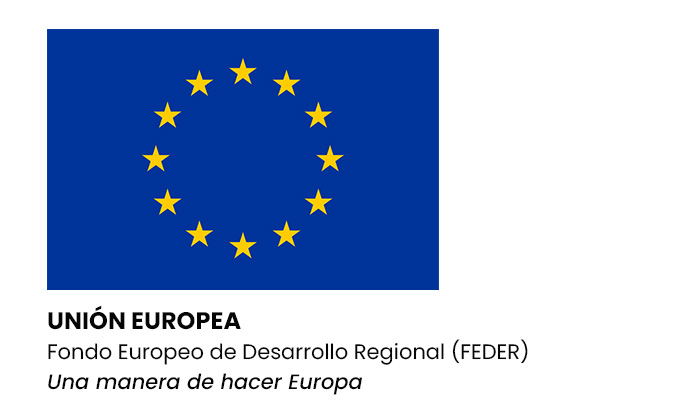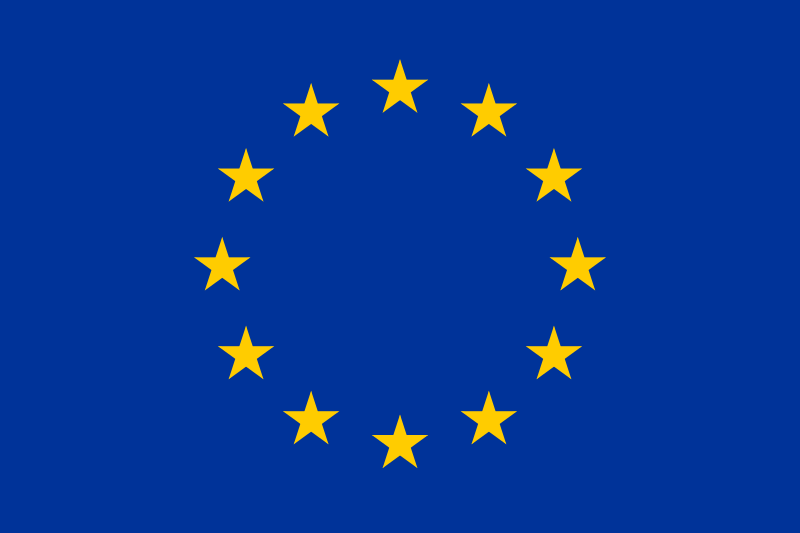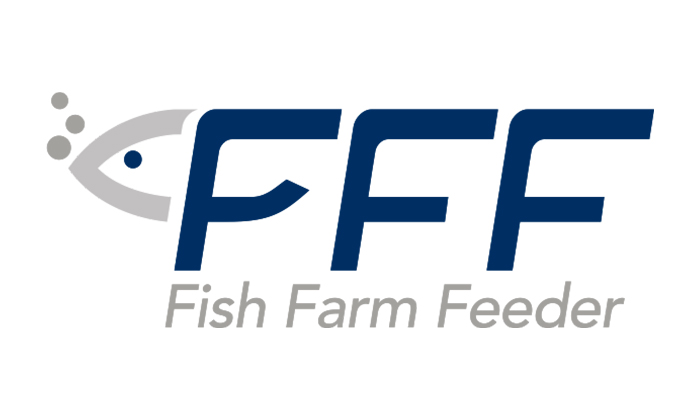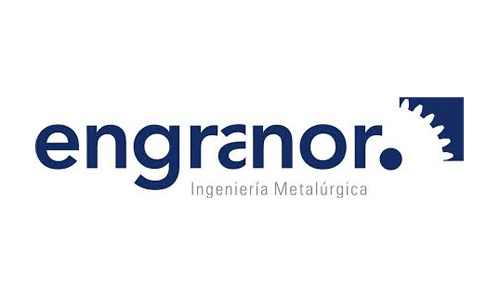SmartFeed
Introduction
The consortium, formed by five companies, connects multidisciplinary industrial sectors, ranging from engineering and ICT to the naval sector and traditional fish farming. The goal is to unify efforts in developing innovative technologies applicable to aquaculture, aiming to implement feeding management systems covering all farming phases, from the moment fish larvae begin feeding on balanced diets to the fattening phase.
Participants
The following companies participate in the project’s development: Engranor, S.L., Camar Industrial S.A., Piscícola de Trebujena, S.A., Feeding Systems, S.A., and MSS Seidor as coordinator.
Additionally, various technology centers collaborated throughout the project’s development:
- ANFACO-CECOPESCA contributed to designing a microdiet feeding system, developing a smart hatchery management software, and implementing larval culture strategies for major commercial species.
- CTAQUA, collaborated in sound analysis and system validation through in situ tests, providing advice on feeding strategies.
- CTN, developed advanced signal processing algorithms for differentiating species feeding conditions.
- CETGA, handled the scientific-technical validation of the larval microdiet feeding system.
Objectives
- Development of an automated intelligent feeding system for larval culture with microdiets.
- Development of intelligent automatic feeders using passive acoustics to detect fish satiety during fattening.
Activities
Milestone 1.
Development of an automated intelligent system for larval feeding with microdiets (MiniFF)
The development process includes four activities:
- Activity 1.1: Mechanical design of a feeding system and functional optimization.
- Activity 1.2: Design of an intelligent software system for managing larval feeding with microdiets.
- Activity 1.3: Experimental validation of the automated system for larval feeding with microdiets.
- Activity 1.4: Validation of the intelligent feeding system for microdiets in hatchery conditions.
Milestone 2
Development of an intelligent automatic feeder for feeding process management
- Activity 2.1: Development of an intelligent sensor to reduce waste in feeding processes.
- Activity 2.2: Development of an automatic feeder for feeding process optimization
- Activity 2.3: Validation of the intelligent automatic feeder for fish fattening.
Conclusions
Milestone 1
The system has been installed, launched, and scientifically and industrially validated. The results demonstrated prototype reliability, dosing 150 µm feed particles with homogeneous distribution. These results, combined with automaton control validation, enabled proper tank feeding, reflected in growth and SGR data obtained during validation experiments. The project met all initially proposed objectives, achieving design, construction, and validation of an intelligent automatic feeding system for hatcheries.
Milestone 2
The electronic design of the systems (Pre-SICA 1, 2, and 3) was completed, allowing their integration into a single device (Pre-SICA 3) that can be installed alongside FFF’s automatic feeder. Although Pre-SICA 3 presents great performance, it can still be improved.
Future developments for SICA:
- Enhance the embedded control unit to allow signals of up to 2-second duration.
- Develop a battery charge cut-off circuit that shuts down the system when battery capacity reaches 70%.
- Implement an IoT system to inform the feed manager, via mobile app, about fish eating behavior in real time.
The validation results confirmed that the intelligent automatic feeder improved fish production parameters, particularly growth during warmer months, leading to better feed conversion rates when integrated with production-adapted feeding tables. A cost analysis confirmed the system’s potential economic benefits by reducing production costs.




Grow your business with innovative feeding systems.
Start improving your profitability today.
From land-based fish farms to offshore systems, Fish Farm Feeder develops automated solutions tailored to every environment. Our technology enhances operational efficiency, optimizes resources, and maximizes your business profitability.








